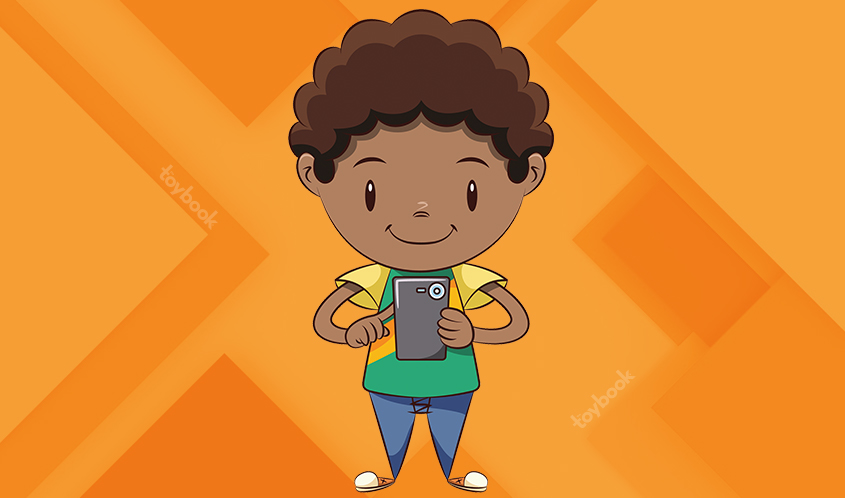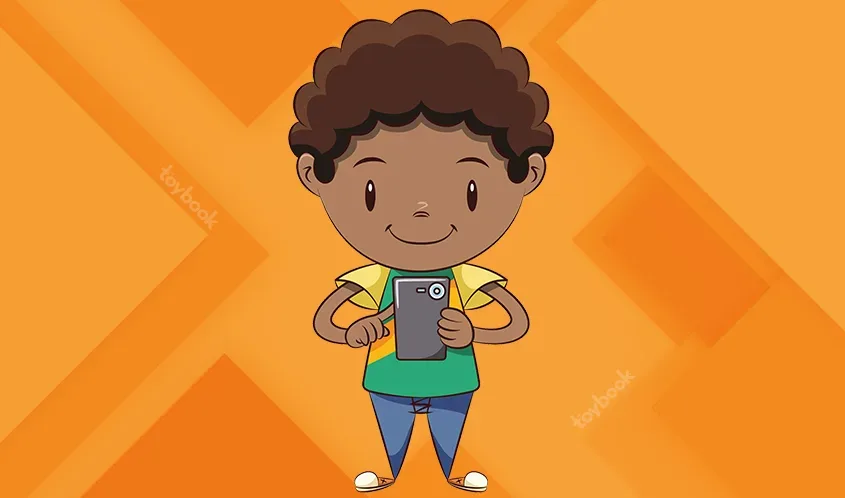
by TIFFANY TASKER, director of business development for North America, SuperAwesome
Devices are necessary to stay connected and entertained during the COVID-19 pandemic, but kids have developed mixed feelings about digital play. One of the most interesting callouts from our recent research at SuperAwesome, created for the 2021 Toy Fair season, was that almost one-third of all kids now choose to end digital play sessions themselves, rather than waiting for the device to be taken away by an adult.
But it’s not just kids who have a complicated relationship with digital playtime: Our research shows that, across the board, parents prefer “in real life” (IRL) toys over digital games because they think that physical toys help their kids learn better and develop a stronger sense of imagination. And when kids play with physical toys instead of devices, parents feel like they are better parents — they believe that IRL toys and games increase family connection more than digital counterparts.
Despite these perceptions, parents’ COVID-related guilt is so strong that they have resigned themselves to increased screen time. While YouTube, over-the-top platforms, and TikTok are usually the platforms that get the most attention when it comes to talking about kids’ time online, our research shows that this is changing, too. Gaming has been the driving force behind the consistent uptick of kids’ screen time this year. Today, 57% of 7-9-year-olds prefer gaming to watching any kind of TV — be it linear, connected TV, or YouTube.
For brands to apply this research and effectively market physical toys in a changing landscape, they need to understand what digital play solves for kids in different age groups.
Preschool kids (ages 2-4) play edutainment and character-based games that often feature well-known franchises. The games they play are straightforward, including activities like coloring, drawing, or simplistic puzzles. These are typically played under parental supervision or by co-gaming with parents.
For 4-6-year-olds, it’s about gaining confidence and exploring without as much supervision from their parents. They continue to play edutainment and character games, as well as more intricate puzzle games. However, these are generally chosen and played on their own. At this age, they also begin to experiment with mission adventures, driving simulators, and multiplayer games that can be played with friends.
For the 7-9 age group, the Kids Getting Older Younger phenomenon is gaining pace, with almost twice as many of these kids choosing digital play over physical play compared to last year. Through their gaming choices, we can clearly see that kids in this age group have a much higher need for social interaction beyond the family unit. Educational and puzzle games drop in popularity in favor of multiplayer games with friends or strangers, and mission-based, enemy fighter, and shooter games are preferred.
Brands can leverage these findings and all this time spent online to engage kids in a way that resonates best with them. Luckily, SuperAwesome knows the platforms kids and families are using, in addition to knowing how kids and parents feel about the ads they see on those platforms.
Our research shows that, for kids of all ages, ads across digital media drive as much trust, intent, and FOMO (or, fear of missing out) as ads placed on TV. It’s interesting to see that YouTube and mobile gaming are the online platforms that score highest in all three areas, with TikTok also ranking favorably in being a FOMO-driver with kids.
An omnichannel approach with repeated, consistent messaging should form the basis of your kids and family strategy. But also consider that intent and kid ask more power when combined with co-viewing and gaming. Ads in a gaming context co-viewed by the family increase likelihood to purchase by 30% compared to individual viewing — so it’s a no-brainer to include a co-viewing targeting strategy. We also recommend thinking about conquesting well-known IP and characters and emphasizing connected TV devices, which SuperAwesome can do through brand-safe campaigns on YouTube.
In addition to aligning your brand to the gaming universe, creating content and messaging that is specifically for kids is key to being relevant. Partners like SuperAwesome can help align your TrueView ads to kid-safe gaming content and help you co-create content with appropriate and popular gaming creators.
Remember: Kids are taking necessary breaks from screens, but a safe, thoughtful, digital strategy is still more important than ever. Tap into kids’ changing interests and play patterns to reach them in a way that makes a greater impact.
This article was originally published in the May 2021 edition of the Toy Book. Click here to read the full issue!


